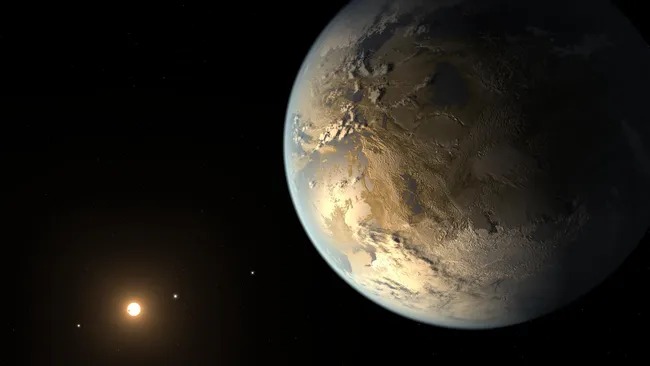
Earth just got outclassed by a planet 3,000 light-years away. Astronomers have identified KOI 5715.01, a world that checks every box for being more hospitable to life than our home planet. Located in the constellation Cygnus and discovered by NASA’s Kepler mission, this “superhabitable” candidate represents a fundamental shift in how we think about cosmic real estate—away from finding Earth’s twin toward discovering Earth’s superior.
Why This Distant World Beats Earth at Its Own Game
KOI 5715.01 orbits a more stable star and offers billions more years for life to flourish.
The planet’s host star delivers the first major upgrade. While our Sun burns hot and dies young, KOI 5715.01 orbits a K-type orange dwarf that could shine steadily for 15-30 billion years. That’s roughly triple our Sun’s lifespan, giving life an extended runway to evolve and diversify.
The planet itself clocks in at 5.5 billion years old—a billion years our senior—meaning it’s had more time to develop complex ecosystems. Size matters too: at 1.8 to 2.4 times Earth’s diameter, this world offers significantly more surface area for biodiversity to flourish.
The Goldilocks Zone Gets an Upgrade
Scientists define superhabitability conditions that surpass Earth’s life-supporting features.
Researchers identify superhabitable planets through specific criteria that improve on Earth’s template:
- Slightly larger size
- Warmer and wetter conditions
- Stellar stability
KOI 5715.01 satisfies at least three of these requirements.
Its stronger gravity likely retains a denser, life-friendly atmosphere, while temperature modeling suggests a surface average of 11.6°C—cooler than Earth’s 15°C, but enhanced greenhouse effects could create more favorable conditions overall. Think of it as Earth Pro Max: same basic functionality, but with premium features that make everything work better.
The Catch in This Cosmic Upgrade
Future telescopes must confirm whether this potentially superior world lives up to its promise.
KOI 5715.01 remains unconfirmed, with crucial details about surface composition and atmospheric chemistry still unknown. Advanced telescopes like the James Webb Space Telescope, LUVOIR, and ESA’s PLATO mission could study its atmosphere for biosignatures—chemical evidence of life.
According to lead researcher Dirk Schulze-Makuch, such worlds “would deserve higher priority for follow-up observations in search of extrasolar life than the most Earth-like planets.” That’s a significant departure from previous strategies focused purely on Earth analogs.
The discovery humbles humanity’s cosmic perspective. Earth might not be the universe’s gold standard for habitability—just one decent option among potentially superior alternatives. As telescope technology advances, we’re moving beyond asking “Is there another Earth?” to wondering “Can we find something even better?”
Last modified: November 17, 2025







